Despite heavy criticism of the subsidization of Obamacare by employers, the feds are sticking to their guns. However, they are also willing to fire fewer bullets in recognition of the burden the health care law’s reinsurance fee places on business.
In final rules outlining an employer’s obligations with respect to the fee, the Department of Health and Human Services established specific fees for the first two years of the three-year program. It also agreed to allow employers to pay the fee in two payments, to lessen the financial hit companies would take at the start of a new year.
As outlined in the Patient Protection and Affordable Care Act, the fees are intended to generate $25 billion to be used to partially reimburse carriers writing policies in public exchanges for individuals with high health care costs.
HHS set the first-year fee at $63 per plan participant, with a step down to $44 per in the second year. No fee has been set for the third year, 2016. The news here is the reaffirmation of HHS’s $44 proposed 2015 fee.
Of perhaps larger import to employers is the bifurcation of the payments. HHS’s ponderings of the payment schedule led it to determine that it would require a first, and larger, payment at the beginning of each fee program year. That payment will represent the employer’s reinsurance payments and administrative expenses. A second payment, of monies earmarked for the U.S. Treasury, will be required to be made late in the year.
“The second installment covers the portion of the reinsurance contribution amount allocated to the payments for the U.S. Treasury to be paid for a benefit year,” HHS said in announcing the two-part payment plan. “In the fourth quarter of the calendar year following the applicable benefit year, HHS would notify the contributing entity of the portion of the reinsurance contribution amount allocated for payments to the U.S. Treasury for the applicable benefit year. … A contributing entity would remit this amount within 30 days after the date of this second notification.”
Read the full report here.
Contact Steven Cosby with questions or to request more information and to schedule a healthcare plan evaluation, savings analysis or group plan solution for your company.
[contact-form subject=’Website inquiry’][contact-field label=’Name’ type=’name’ required=’1’/][contact-field label=’Email’ type=’email’ required=’1’/][contact-field label=’Company Name’ type=’text’ required=’1’/][contact-field label=’Comment’ type=’textarea’ required=’1’/][/contact-form]

